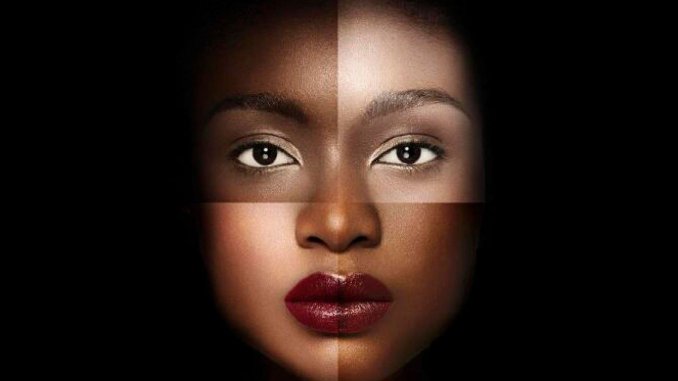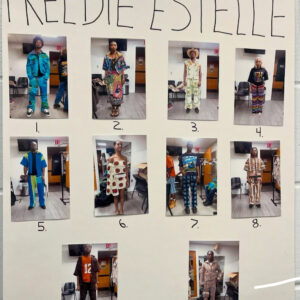| March 6th, 2018
Conquering colorism
By: journeymagazine

 Words By| Cristina Hunter
Words By| Cristina Hunter
The year is 2018. African-American president, Black Girl Magic is in full effect Marvel released Black Panther and people of color are standing together proudly.
However, there is still an old practice within the African-American community that needs to expire, colorism. It seems hard to fathom how far we’ve come to believe we as African-Americans would still practice colorism consciously or subconsciously.
If you are unaware if you’ve ever practiced colorism think about this. Have you ever, as an African-American person, made premonitions about another black person based on the hue of their skin? For example, seeing a lighter toned person as conceited or a darker skin person as aggressive. If yes you just practiced colorism
But first we must understand where it began in the Black community.
Colorism was first birthed from African slaves and European owners who produced lighter toned children. While the children were not the problem it was the treatment they were given that caused a wedge between people of light and dark skin.
According to Verna Keith and Cedric Herrings, Skin Tone and Stratification in the Black Community,
“During the era of slavery, light-complexioned blacks, often the offspring of white slave owners and enslaved Africans, were given preferential treatment, including greater access to education and assignment to housework, while darker-skinned blacks were typically relegated to outdoor or hard-labor tasks.”
“When we think about the hierarchy on the slave plantation. Ultimately it has to deal with these characteristics that we assume more European and those people being highly favored. As opposed to people of darker skin color, who were subjected to another level of work. That same mentality still creeps into our psyche the idea of racism is meant to divide. We always talk about racism in terms of black and white, and we rarely talk about these interracial issues and how we perpetuate those same ideas about standards of beauty, intelligence, being good, being bad and how it relates to a person’s skin tone. So black people in general have a common narrative are apart of this large community we start to see the differences within ourselves and we begin to act in the same manner as white racist in terms of how we valuate people within our own community,” said Dr. Darius Young, Professor of History at Florida A&M University.
So, we know its origin but how is it practiced today?
For example, on a college campus, specifically an HBCU.
At Florida A&M University its hard to imagine a predominantly black institution would have its own culture of colorism. Ranging from Greek organizations to every day students.
In black sororities and fraternities’ colorism was noticeable in history. Organizations such as Alpha Kappa Alpha was known to have only light skin members for decades; while the sorority Delta Sigma Theta darker members. Greeks would go even far enough by practicing the brown paper bag test.
“I remember freshman year these two fraternity guys came up to me and handed me a condom. I was so disgusted by it one commented, “you should be grateful he doesn’t usually show attention to dark skin girls,’ I’ll never forget how that made me feel. I’ve never felt so disrespected,” said Ava Reid a FAMU alumni.
For the students at FAMU and other HBCU to cure colorism we must conquer an even bigger obstacle.
“To be honest I’m not sure if it will ever happen, getting rid of colorism. There will always be stereotypes and racism still exist. I think we have to stop racism and then colorism will follow,” said Kevin Zachary a sophomore at FAMU.
Colorism is a a big thing in Black culture that deserves to be examined. Black people have to unite to join to be one force.






